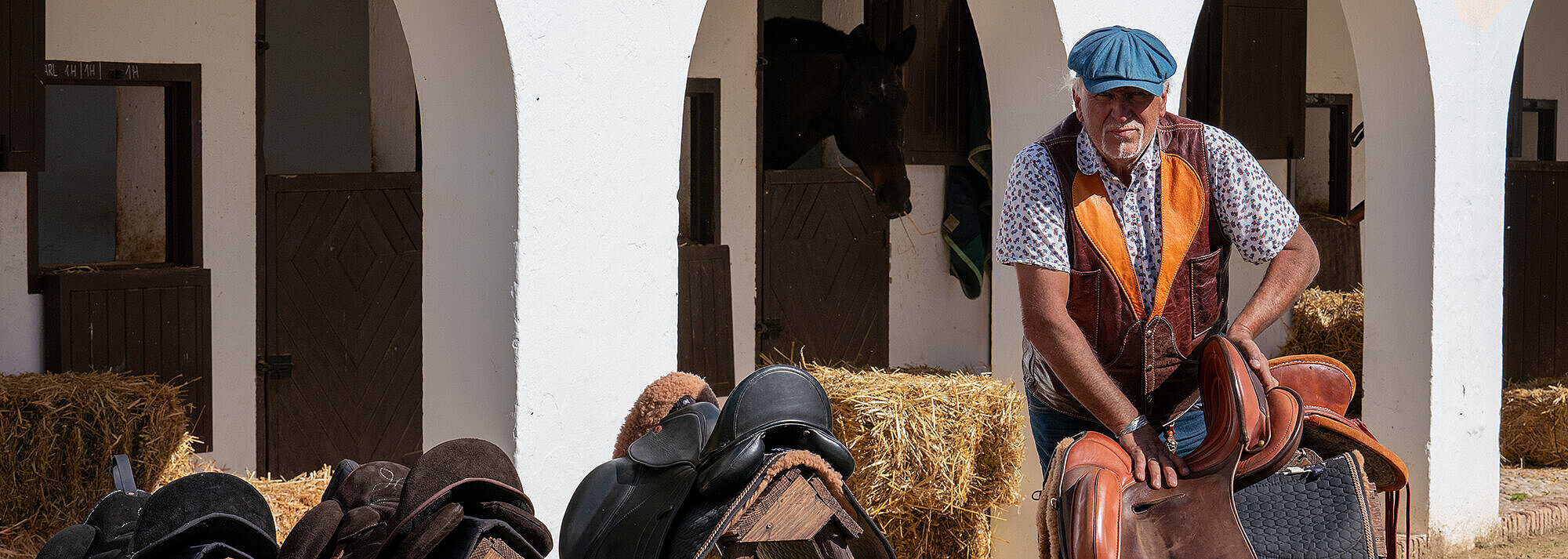The fully elasticated saddle tree
Even more contact with the horse, even more comfort in and under the saddle. With this idea in mind, we have repeatedly tinkered with innovative saddle concepts in recent years and can now proudly present the result: SIGNUM's fully elasticated saddle tree.
This not only offers the rider an outstanding sitting experience, but above all allows the horse to move freely under the saddle without any pressure points. Gernot Weber explains the concept behind our latest development and the options for integrating the new saddle tree into used SIGNUM customised saddles in this video!
What are the advantages of the fully elasticated saddle tree?
The advantages of the fully elasticated saddle tree are:
- A new level of comfort for horse and rider
- The incredibly soft and comfortable seat feeling for the rider
- The horses enjoy unrestricted freedom of movement
- The ability to follow the horse's movement completely
- The horses are extremely happy and relaxed under the elasticated saddle
- The stable and secure feel of a saddle is retained despite the elasticity
- The elasticated saddle tree can also be fitted to existing OMEGA custom-made saddles
What makes our fully elasticated saddle tree so unique?
The saddle tree itself is produced using an injection moulding process and consists of a fully elastic polymer. This innovative material combines the properties we require in an ideal way. On the one hand, the nature of the material ensures that the basic construction of the saddle tree cannot stretch or warp, even under the stresses of mounting and dismounting.
This structure can be compared to that of a woven nylon girth and ensures that the saddle tree does not warp on one side, which could cause the saddle to become crooked, even under intensive use. At the same time, the material is so elastic that the entire saddle can be bent and moved in all directions. This makes the saddle so soft that it can fully adapt to the horse's movements.
Maximum comfort & unrestricted freedom of movement
The success of our PADDLE® product in recent years has shown us that many horses feel particularly comfortable under saddles that can adapt to their movements as freely as possible. In order to transfer these advantages to our saddle concept, we did not let up until we were able to realise the solution in the form of the fully elastic saddle tree.
This takes seating comfort to a new level and offers an incredible increase in comfort for the rider and the ability to fully follow the horse's movement.
Background information on flexible and elasticated saddle trees
How long have we at SIGNUM been working on the concept of flexible saddles and what challenges does this entail?
We started designing flexible saddles more than 20 years ago - the first model of this type was the Bentaiga Campo Flex. A Vaquera saddle with a flexible saddle tree. Over time, our range of different OMEGA saddle models has evolved, which could also be fitted with a flexible saddle tree. The materials of flexible saddle trees available on the market at that time all suffered from material fatigue over the years. Based on this experience, we developed our semi-flexible, torsion-capable Anatomic plastic saddle tree developed.
What is a semi-flexible, torsion-capable saddle tree?
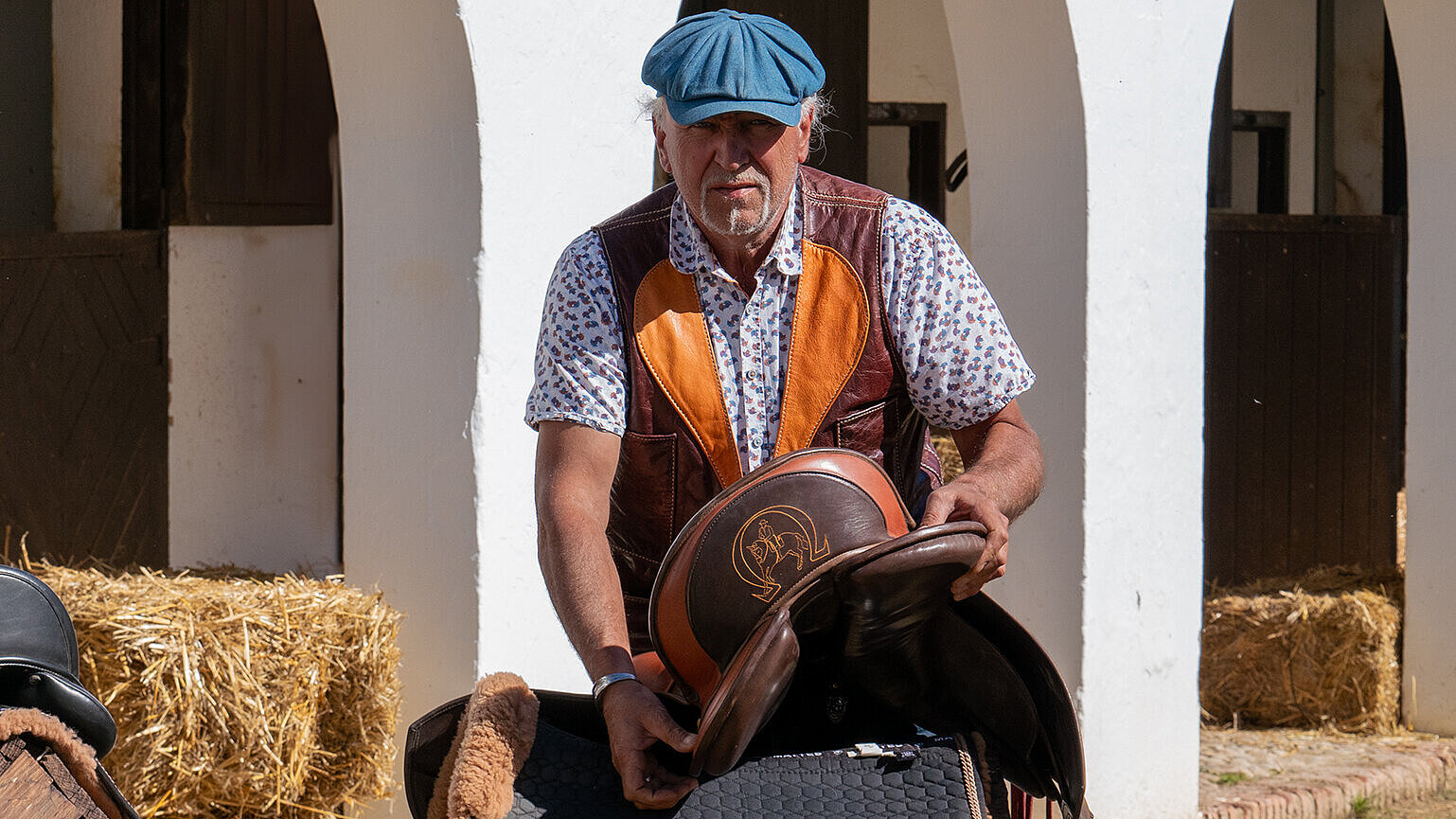
Our semi-flexible Anatomic plastic saddle tree offers the following advantages over a traditional wooden saddle tree: It is particularly light and already allows a certain degree of flexibility. It is stable in the longitudinal axis and cannot change its swing. This enables a particularly large, load-bearing contact surface and we can distribute the rider's weight evenly on the horse's back. At the same time, its ideal torsional capacity allows the horse to move in a diagonal direction, as the saddle tree enables the front part of the saddle to "twist" independently of the rear part.
What is the difference between a flexible and elastic saddle tree?
By "flexibility" we mean the ability to bend in terms of material properties. This can be visualised by bending a standard crop. The material can be bent like a spring and flexibly yields to pressure. However, the material has a high restoring force and immediately returns to its original shape as soon as it is no longer subjected to pressure. This effect also occurs in most flexible saddle trees, so that they give way under the rider's weight, but also jump back again.
"Elasticity" in the sense of a more supple flexibility - in contrast to the high resilience of the flexible material, this is much lower in the elastic saddle tree. This means that the saddle tree does not jump back into its original shape, as if you were releasing a tensioned spring, but in a much gentler form.
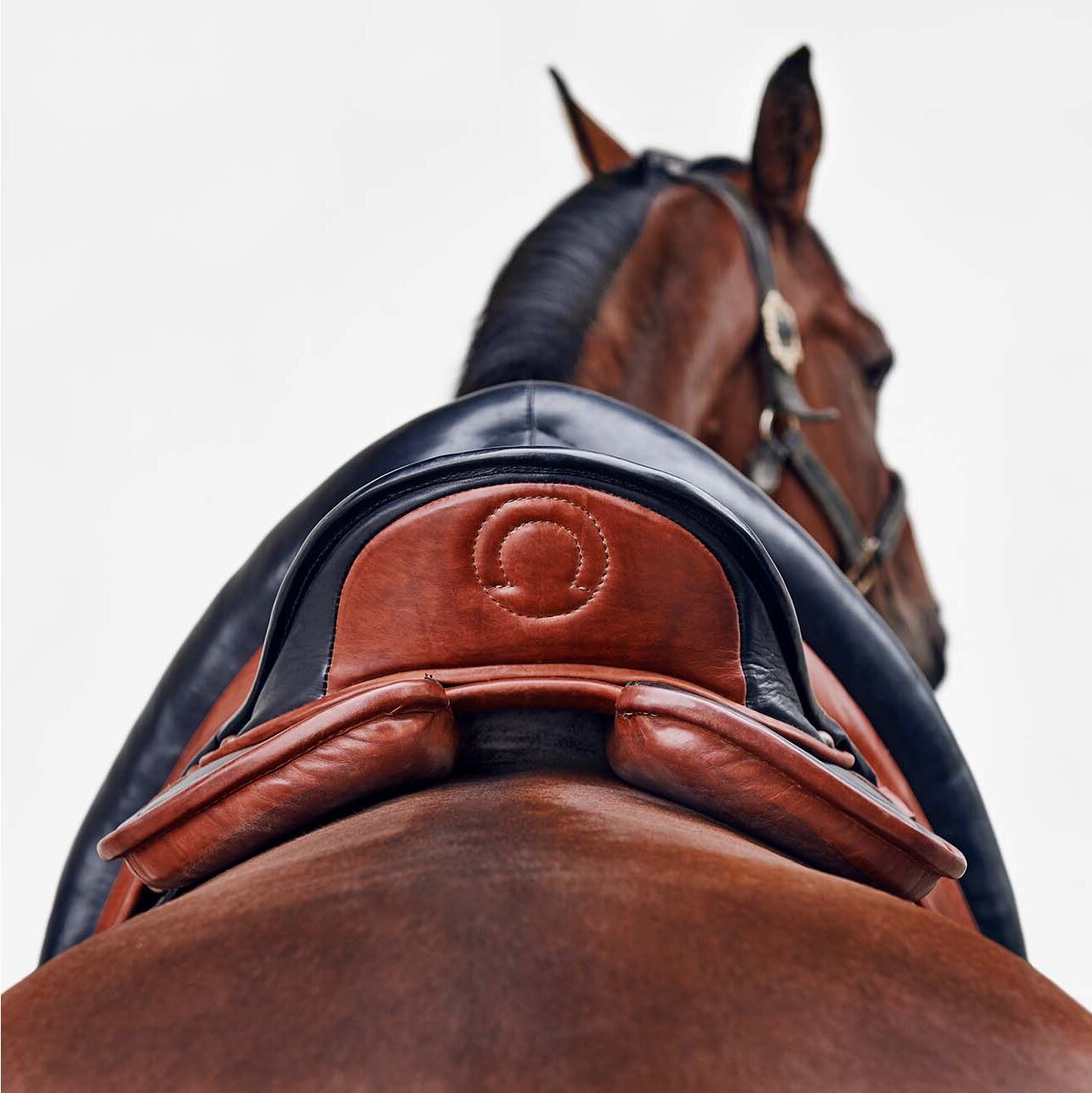
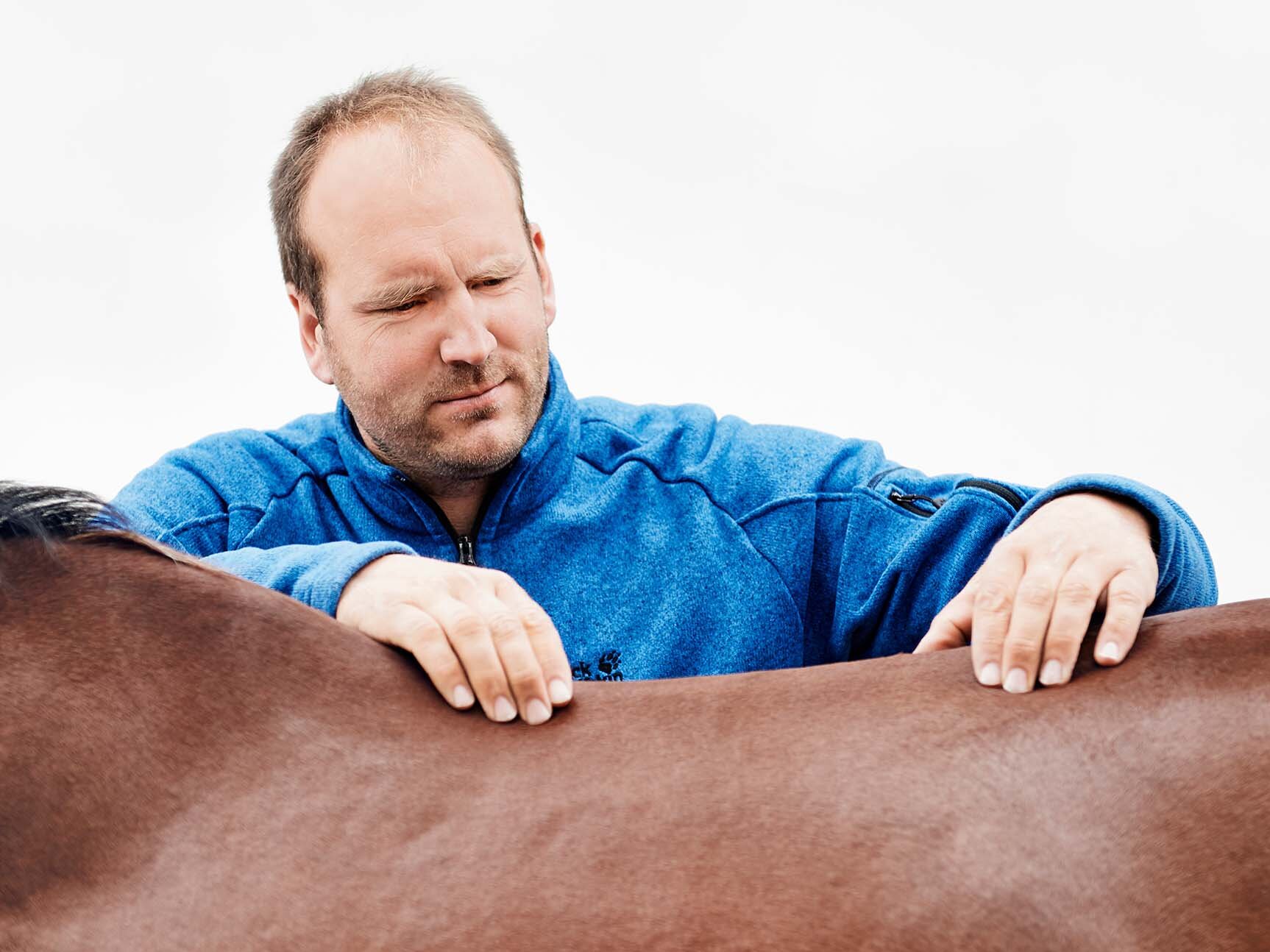
Large contact surface for even pressure distribution
The large contact surface and soft-filled comfort panels ensure particularly gentle pressure distribution on the horse's back when the seat size is in proportion to the rider's size.
Comparison between saddle trees
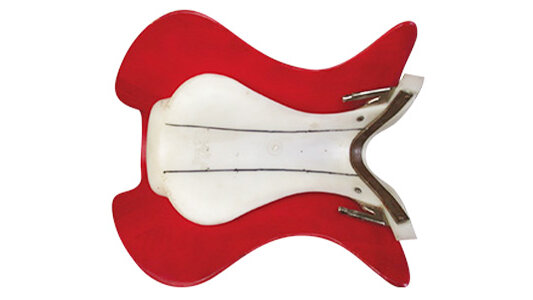
The proven shape of the Anatomic saddle tree forms the basis of our fully elasticated saddle tree.
Worlds meet! In our photo, two saddle trees with the same seat size have been placed on top of each other. A direct comparison shows that the contact surface of the elastic saddle tree (red saddle tree) is almost three times as large as that of a classic plastic saddle tree (white saddle tree). The wide spinal canal on our saddle tree is clearly recognisable at the rear.
The adjustable gullet plate
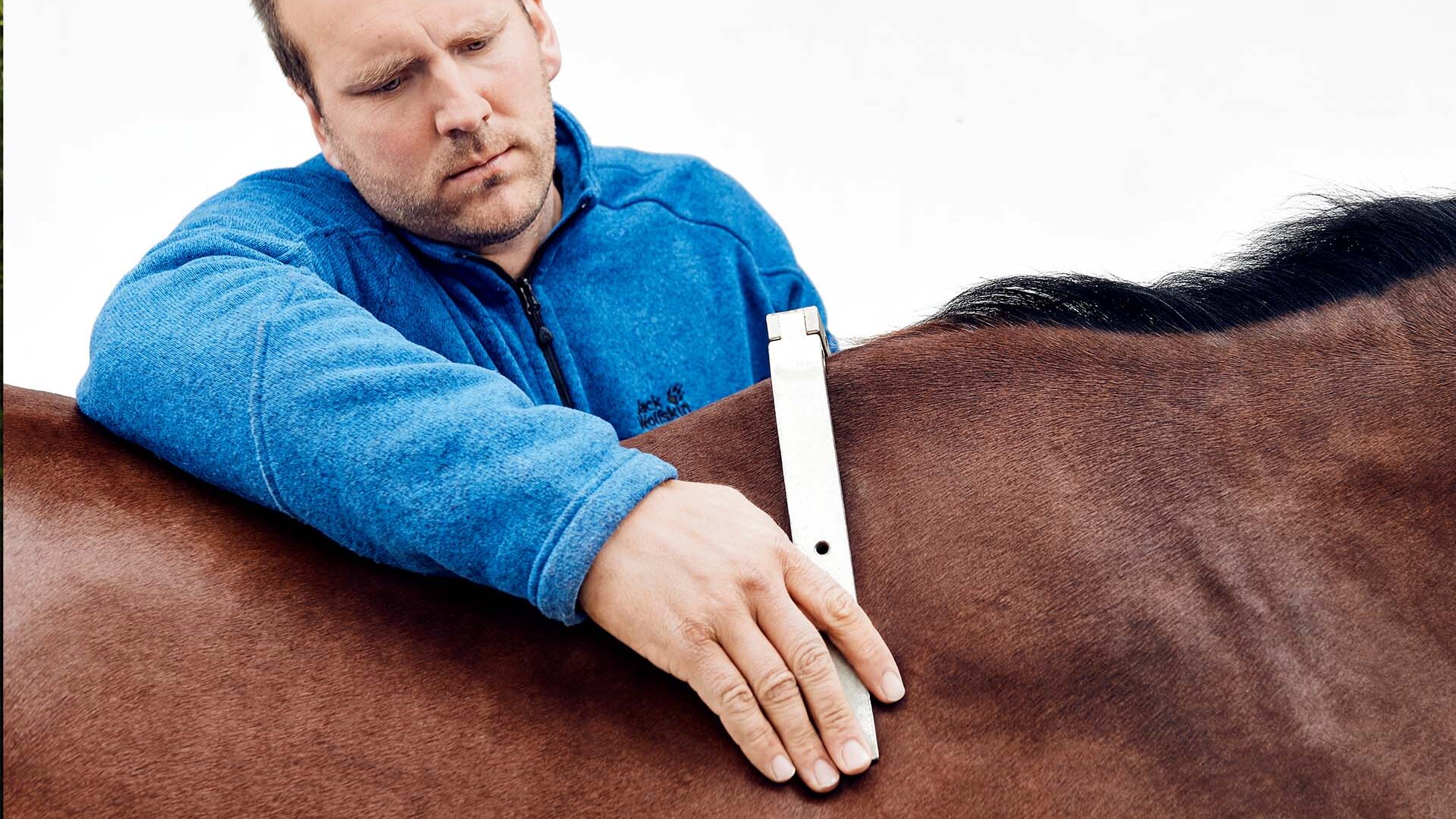
Of course, our fully elasticated saddle tree can be fitted with our infinitely adjustable gullet plate as usual. As with our Anatomic saddle tree, the position of the gullet plate is significantly offset to the rear. This allows us to "open up" the saddle tree in the shoulder area, creating maximum shoulder freedom and maximising freedom of movement under the saddle.
